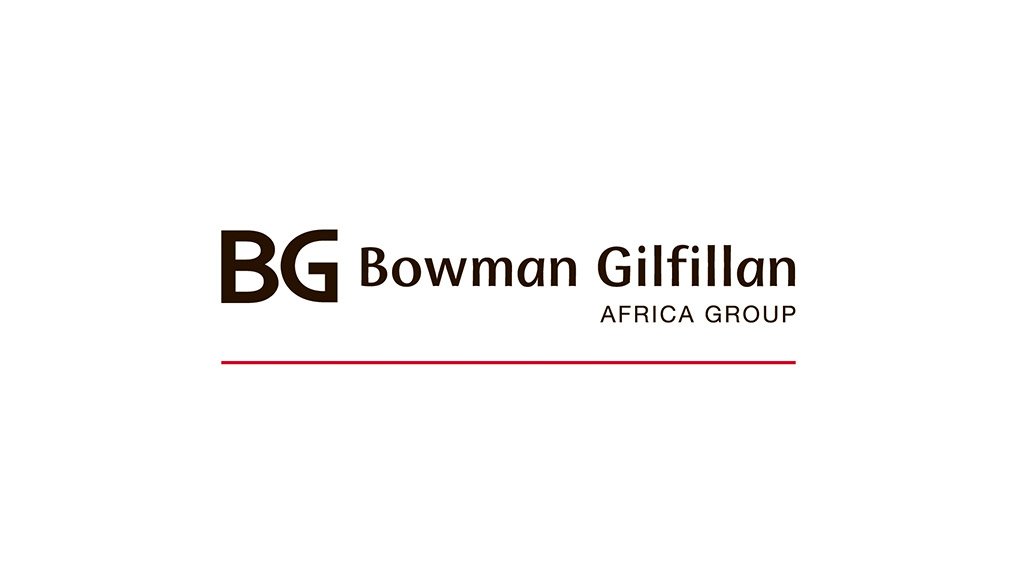After 2 years of consideration, a new working draft known as the Energy Bill 2015 (2015 Bill) has now been released in Kenya. In addition, a new Petroleum Bill 2015 has also been published. Provisions dealing with upstream petroleum have been removed while mid-stream and downstream petroleum operations have been left in the 2015 Bill. The breaking away of upstream legislation is a reversion to the old ways where different statutes dealing with different sectors such as electricity, petroleum, exploration and geothermal resources were housed in separate pieces of legislation.
The 2015 Bill is a good attempt at trying to recognize the changing environment of energy regulation in Kenya. For instance, there is recognition of different sources of renewable energy and the creation of the corresponding licensing and regulatory agencies. These include the introduction of a nuclear electricity institute and inclusion of matters such as the exploitation of coal and mid-stream petroleum regulation, areas which did not exist under the existing regulatory regime.
It also creates a plethora of regulatory bodies all of which have different incorporation identities such as an “Agency” (the Energy Efficiency and Conservation Authority), an “Authority” (the Energy Regulatory Authority), a “corporation” (the Rural Electrification and Renewal Energy Corporation), an “institute” (the Nuclear Electricity Tribunal), and a number of advisory committees.
However, while each of these entities has its own legal personality and is capable of suing and being sued, it would have been more user-friendly to have a homogenous set of regulatory bodies with similar corporate structures with different functions. With the addition of so many regulatory bodies, the 2015 Bill fails in trying to streamline energy regulation and ensure that red-tape is eliminated.
In addition to the above mentioned bodies, any potential energy sponsor is also meant to deal with county governments and local communities. Far from reducing the enormous lag time between project conception and an operations start date, this set up will only add to delays in project implementation.
The 2015 Bill provides that any person carrying out any undertaking or works under it shall comply with local content provisions. The release of the 2015 Bill was coupled with the release of the draft “Energy (Local Content) Regulations, 2014” (the “Regulations”). In summary, local content refers to the preference given to suitably skilled and trained Kenya citizens in matters of employment for operations governed by the 2015 Bill and secondly, it refers to the use of certain goods which should be produced in Kenya and in the specific county where an energy project is being implemented.
The ERA requires that any foreign project sponsor shall have a local office where procurement, project management and implementation decision making are to take place to the satisfaction of the ERA. Due to the poor drafting of the Regulations it does not mention by whom such decisions are to be made and therefore defeats the mischief it is trying to cure. In addition to the local office, any potential licence applicant must also file a “Local Content Plan” which should generally contain plans for the following: employment, training and succession, research and development, technology transfer, legal services and financial and insurance services.
Written by Rainbow Field, Partner at Coulson Harney Advocates, Bowman Gilfillan Africa Group’s Kenya Office
EMAIL THIS ARTICLE SAVE THIS ARTICLE
To subscribe email subscriptions@creamermedia.co.za or click here
To advertise email advertising@creamermedia.co.za or click here











